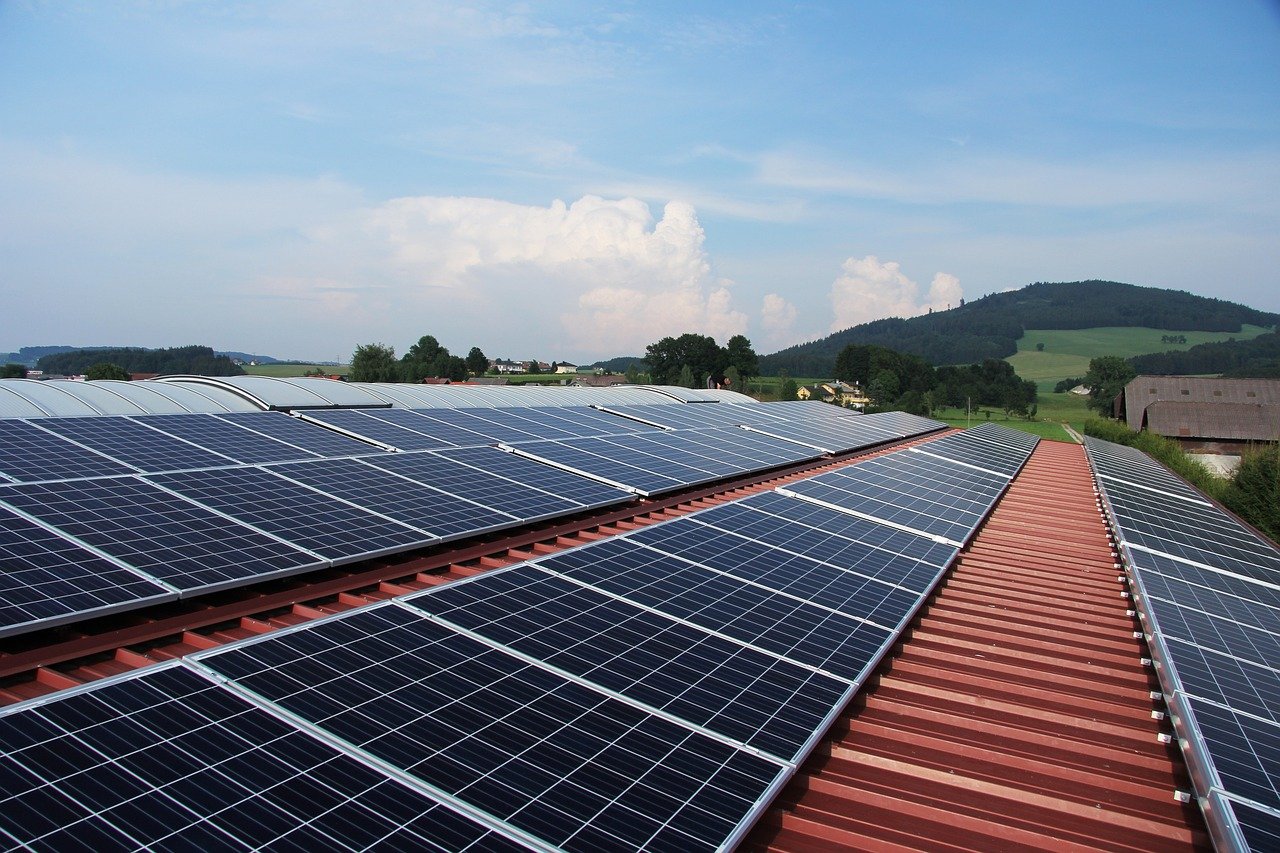Summary
IRENA’s World Energy Transitions Outlook 2024 emphasizes the need for countries to enhance their Nationally Determined Contributions (NDCs) to meet climate goals. It highlights a significant CO2 emission gap and the necessity of tripling renewable power capacity and doubling energy efficiency by 2030 to achieve net-zero emissions by 2050. The report calls for increased investment in renewable energy and infrastructure, particularly urging G20 nations to lead this transition.
At COP29, IRENA Outlook calls for ambitious NDC updates, reflecting the global pledge to triple renewable power capacity and double energy efficiency by 2030.
Abu Dhabi, United Arab Emirates / Baku, Azerbaijan, 11 November 2024 – Even if all COP announcements to date were to be fully implemented, a significant CO2 emission gap would still need to be closed by 2050, according to IRENA’s World Energy Transitions Outlook 2024.
Released at the opening of the UN Climate Conference COP29 in Baku, Azerbaijan, the Agency’s 1.5°C Scenario outlines a net-zero path by midcentury, offering a framework for governments to develop energy transition strategies that better align energy planning with climate policies to channel investment.
The Outlook shows that current country pledges could cut global energy-related CO2 emissions by 3% by 2030 and 51% by 2050. Achieving the global goals of tripling renewable power capacity and doubling energy efficiency by 2030, as agreed at COP28, would keep the energy transition on track for net-zero emissions by 2050. These 2030 targets are crucial to limiting global temperature rise to below 1.5°C, as underscored by the UAE Consensus.





